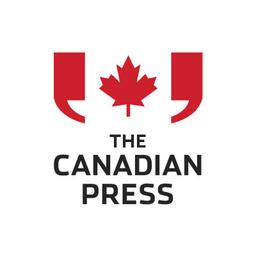The financial picture for Canadian households and businesses was showing signs of increased health until the United States started a trade war, the Bank of Canada said Thursday.
The central bank says in its latest Financial Stability Report that households at the start of the year had, on average, less debt relative to their income than a year earlier, while insolvency filings by businesses had dropped significantly.





